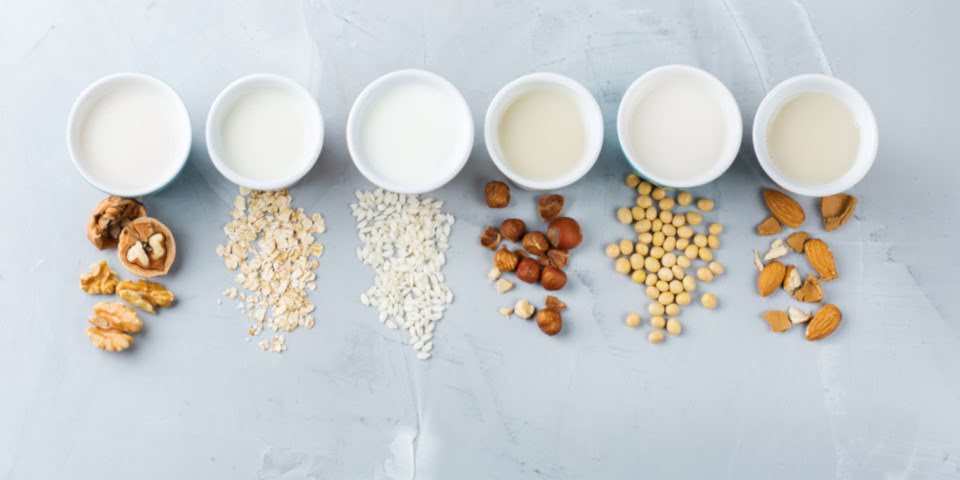Plant-based ‘milks’ are gaining favour among consumers looking for a dairy-free option in their coffee mugs and cereal bowls. According to the Australian Bureau of Statistics, we’re now drinking about half a metric cup of milk alternatives per person every week. In the milk marketplace, consumption of the likes of soy and almond milk is increasing at the same rate dairy milk is falling.
Experts from UNSW Sydney say there are many reasons we’re leaving cow’s milk behind in favour of the plant-based kind, including health reasons, ethical choices and personal preferences.
Lactose intolerance
Many adults have an intolerance to lactose – the sugar in dairy – to some degree. If they drink cow’s milk or eat other dairy by-products, they can experience bloating, pain and diarrhoea. For those people, plant-based milk offers a lactose-free alternative.
“If someone has an intolerance to dairy, it is easier for their body to digest plant-based milk,” says nutritionist Dr Rebecca Reynolds, adjunct lecturer, School of Population Health, UNSW Medicine & Health. “While some regular milk has the lactose removed, many prefer the taste of plant-based milk.”
Improved availability
Researcher in consumer behaviour, Associate Professor Nitika Garg, School of Marketing, UNSW Business School, says the quality and variety of plant-based milk available has improved in recent times.
“The taste is undoubtedly a key factor because consumers don’t want to feel they need to compromise on flavour,” A/Prof. Garg says. “Today, if you feel uncomfortable consuming dairy milk, there are a lot more alternatives in the market you can try that weren’t available 20 years ago.”
Ethical choices
Many people are also switching up their milk of choice for ethical reasons. One concern is the treatment of livestock in the dairy milk production process, says Professor Johannes le Coutre, School of Chemical Engineering, UNSW Engineering.
“There is a movement of consumers who resent animal products – such as milk – because they are not necessarily associated with good animal welfare,” Prof. le Coutre says.
Some of the growth in plant-based milks can also be attributed to changing consumer perceptions about the sustainability of the dairy industry. There is growing awareness about the impact it is having on the climate and the environment.
Research suggests a dairy-free diet could be a more environmentally friendly option, and people can make significant moves for the environment by just reducing their dairy intake, Dr Reynolds says.
Some plant milks might be more planet friendly than others though. For example, it’s estimated that growing a single almond requires 12 litres of water. Still, almond milk uses less land and water than dairy milk and has lower greenhouse gas emissions.
Health perceptions
Milk alternatives are also becoming an increasingly popular choice among health-conscious consumers. But what some consider to be a ‘healthier’ option is not always the case, Prof. le Coutre says.
“Overall, cow’s milk has a better nutritional profile than plant milks, with more protein and micronutrients like calcium,” Dr Reynolds says. “However, plant-based milks often have micronutrients added to them, can have less overall fat and saturated fat than dairy milk and more healthy plant phenol antioxidants.”
The future of plant-based milk
With their rapid rise, A/Prof. Garg expects plant-based milk to become an even more dominant player in the milk market. Perhaps one day, it might even supplant dairy milk in popularity.
“Much of the growth to date appears to be consumer-driven, so I would expect the trend to continue to grow. As these brands continue to scale up their manufacturing and marketing efforts, there’s a huge opportunity for a true milk substitute to emerge and compete with dairy,” she says.




